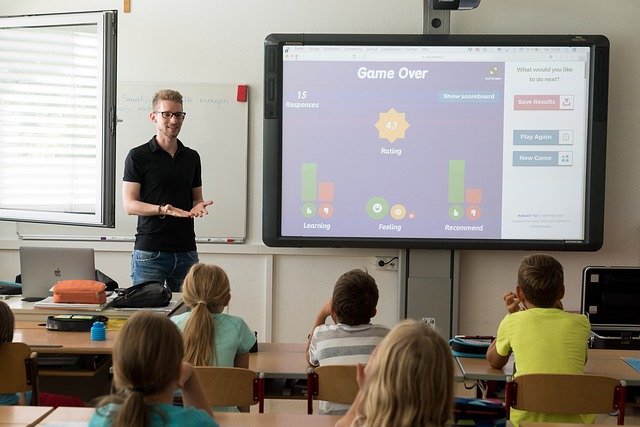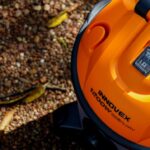
3 Sensory Language Teaching Methods
The unprecedented progress of the last two centuries is the result of successfully passing cumulative knowledge from one generation to the next. Educational institutions confer a set of basic skills to accomplish this task. Among these skills, reading is vitally important. Reading, in turn, relies on fundamentals such as phonics, spelling and the symbols of alphabets that make up languages.
Learning to read is a journey that each student undertakes and masters through stages of repetition and memorization. Many tools, ranging from reading manipulatives to chalkboards, are employed to teach this skill. These tools leverage sensory stimuli to help learners grasp the building block concepts underlying language. Approaches to teaching and learning are constantly evolving but ultimately, they rely on three sensory pathways.
Auditory Teaching Techniques
It is difficult to know precisely when the different senses become active in the uterus. It is believed that hearing becomes operative at about 20 weeks. Research during the 1980s began demonstrating preferential reactions among babies to their mothers’ voices shortly after birth. Subsequent experiments involved mothers reading specific books to their unborn children late into pregnancy. Once born, these babies’ reactions indicated a preference for hearing the same books being read by their mothers.
Teachers from the earliest times have undoubtedly read aloud to students as a part of the learning process. Repeated exposure to this auditory stimuli keys into the human ability to mimic which also reinforces the concepts of language. Hearing and repeating intelligible sounds that are associated with symbols is one of the many ways people learn to read.
Visual Teaching Techniques
Written language relies on a shared understanding of symbols that represent ideas and concepts. Visually associating a set of symbols with concepts begins with learning the shapes of the letters in the alphabet of a language. Repeated exposure to visual learning aids that emphasize letter shapes and link those shapes to ideas helps learners in accomplishing this task.
Tactile Teaching Techniques
The sense of touch is a powerful pathway to learning. The sense thought of as touch extends across almost the entire surface of the body. Special receptors adapted for sensing textures and temperatures are part of the somatosensory system that translates contact into electrical nerve impulses.
Some reading teachers incorporate this sense by bringing 3-dimensional objects to the learning environment. Manipulatives fill this role as aids that engage learners perceptually through touch. The act of holding an object and interacting with it through movement enlists a different part of the nervous system in the task of learning.
Each of the senses plays a part in helping students better grasp the fundamentals of reading. Creatively incorporating multiple sensory tools can boost teaching effectiveness substantially. Students who become good readers can then begin the lifelong task of teaching themselves.


















